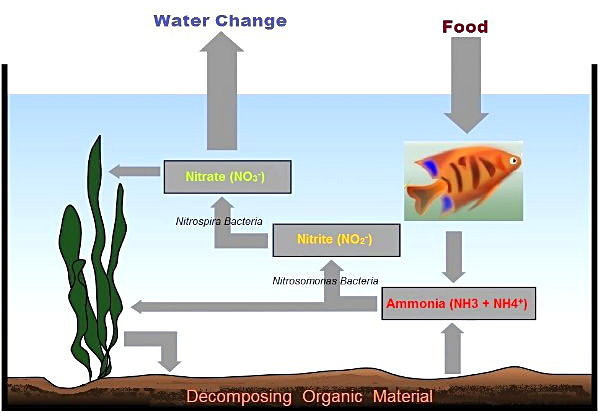I went to purchase a tank and fish today and was advised the following: to wait 7-10 days to dechlorinate the water, so I have bought the tank, heater and tap water conditioner.
I asked about how to clean the tank, I was told to not do a full clean of water but to take small bits out occasionally.
I forgot to ask a few other questions though.
1. Gravel - which I am guessing I need. How many kg do I need for a 30 litre tank and what is the process for this, from googling it looks like I need to clean it using a colander/sieve first.
2. How is this area cleaned, the fish waste etc.
3. When taking water out, how do I put water back in? I can't put tap water back in as it would need to be dechlorinated again. So if I take a cup of water out, do I need to dechlorinate a cup of tap water for 7-10 days to go back in? This part is especially confusing.
After than it seems I need to lay the gravel down and then add the water. But to be honest it's a bit of guesswork since I've never done it before. Can anyone advise what I should do before I add the fish to the new tank?
I asked about how to clean the tank, I was told to not do a full clean of water but to take small bits out occasionally.
I forgot to ask a few other questions though.
1. Gravel - which I am guessing I need. How many kg do I need for a 30 litre tank and what is the process for this, from googling it looks like I need to clean it using a colander/sieve first.
2. How is this area cleaned, the fish waste etc.
3. When taking water out, how do I put water back in? I can't put tap water back in as it would need to be dechlorinated again. So if I take a cup of water out, do I need to dechlorinate a cup of tap water for 7-10 days to go back in? This part is especially confusing.
After than it seems I need to lay the gravel down and then add the water. But to be honest it's a bit of guesswork since I've never done it before. Can anyone advise what I should do before I add the fish to the new tank?
Last edited:



